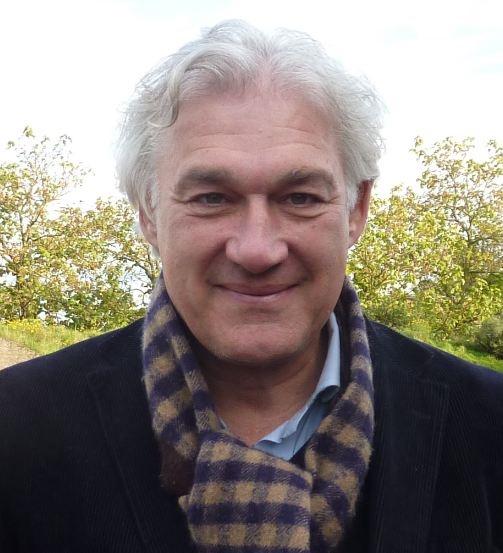Darwin’s Dreampond
‘This is not a book about a scientist who travels through Africa,’ comments Tijs Goldschmidt. ‘Evolution in Real Time' would be a better subtitle, because that is what the book is about: watching evolution take place.’

In 1981 Goldschmidt left for Tanzania in order to carry out research on cichlids, small percoid fish that form new species at an extraordinarily high rate and thus comprise one of the world’s most spectacular flocks of species. During his research the biologist was eye witness to a terrible destruction of fauna when an introduced army of Nile perch rapidly exterminated a large number of the hundreds of cichlid species. Goldschmidt ingeniously interweaves the story of the collapse of the ecosystem of Lake Victoria with a discussion of Darwin’s theory of evolution and his own experiences as a researcher amongst bureaucrats, missionaries and fishermen. The ecosystem collapses but the fishery booms and the lives of millions of Africans are drastically altered.
The many amusing anecdotes are fitting illustrations of the evolutionary principles which concern Goldschmidt. Whether measuring up a railway tunnel in connection with the planned overland transportation of a research ship, searching for a suitable dowry for one of his research assistants, or having fever-induced malarial hallucinations, Goldschmidt’s often hilarious account of his journey through the entanglements of evolutionary biology and Tanzanian culture reads like a novel.
There is a whimsical quality to this engaging first-person narrative of a Dutch biologist in a Tanzanian fishing village.
Publishers Weekly
Goldschmidt’s book is both unusual and eminently readable.
Nature
